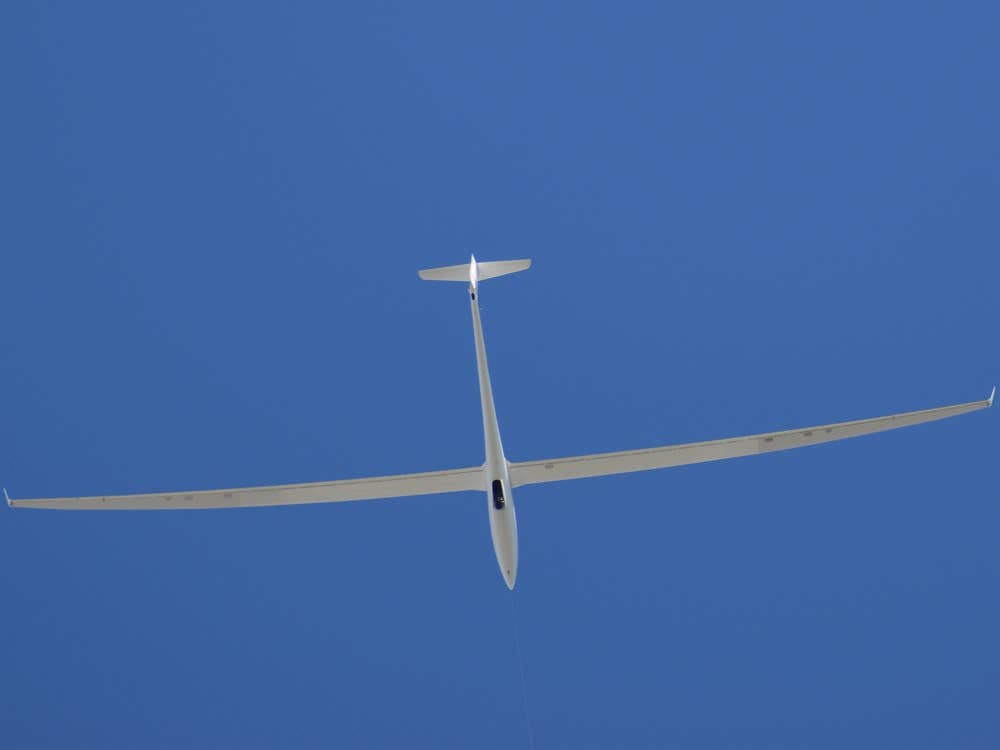
The revolutionary wing design of the Nixus incorporates fly-by-wire controls that work as flaps and ailerons concurrently. Courtesy Nixus Project
Innovative Brazilian aeronautical engineer Paulo Iscold has accomplished another impressive feat, this time taking a revolutionary sailplane into the skies. Iscold has for the past few years been working on Nixus, a glider that, he claims, has the second highest aspect ratio of any sailplane at 53.3 to 1 (the Concordia Superseigler's aspect ratio is 57 to 1).
What makes Nixus truly unique is its fly-by-wire ailerons and flaps. The rudder, elevator and airbrake on the Nixus are mechanically linked. Iscold said there are 12 flaps on the wings that act both as flaps and ailerons concurrently. One great benefit of having a fly-by-wire system, Iscold said, is the ability to change the angle of deflection of the controls very quickly in a computer program. After the successful 35-minute first flight, Iscold will use the data to continue to tweak the design and widen the flight envelope. He expects to take the Nixus to the skies again in about two weeks.
The first flight was conducted by Jim Payne, who is the chief pilot of the Perlan Project and has broken numerous soaring records, including the highest glider flight with the Perlan II, which has climbed beyond 76,000 feet. Payne and the Nixus were pulled off the ground at the Castle Airport in Merced, California, by a Piper Pawnee towplane. Payne and his wife Jackie have been involved throughout the Nixus project.
Iscold has been intimately involved in optimizing pilot performance at the Red Bull Air Races and has designed several record-breaking light airplanes, including Anequim, which wrung 282 knots out of a Lycoming IO-360.
The Nixus project has been in the making for about a decade and was spurred by Iscold’s Brazilian friend Sergio Andrade. The fuselage was purchased and Iscold designed the wings and flight controls. The project suffered a major setback last summer as the 93-foot wing snapped at the junction between the outboard and inboard wing panels during structural testing. After an unnamed famous sailplane designer told Iscold he wasn’t capable of completing the project, he considered abandoning it. But several people convinced Iscold to continue. “It’s a huge relief to put another one in the air,” he said. Today he sees the failure as a blessing as it allowed him to involve students from Cal Poly in San Luis Obispo, California, where Iscold started working as a professor last year. About 25 people in total have contributed to the project, including one of Iscold’s Brazilian students who worked on flutter testing.
Like his other projects, Iscolde said his goal with Nixus is not commercial production, but to develop technologies to make sailplanes better and to use the project as an educational tool to encourage students to achieve higher goals and to never give up.

Sign-up for newsletters & special offers!
Get the latest FLYING stories & special offers delivered directly to your inbox






